Paul Ferrand
Wireless Channel Charting: Theory, Practice, and Applications
Apr 17, 2023Abstract:Channel charting is a recently proposed framework that applies dimensionality reduction to channel state information (CSI) in wireless systems with the goal of associating a pseudo-position to each mobile user in a low-dimensional space: the channel chart. Channel charting summarizes the entire CSI dataset in a self-supervised manner, which opens up a range of applications that are tied to user location. In this article, we introduce the theoretical underpinnings of channel charting and present an overview of recent algorithmic developments and experimental results obtained in the field. We furthermore discuss concrete application examples of channel charting to network- and user-related applications, and we provide a perspective on future developments and challenges as well as the role of channel charting in next-generation wireless networks.
Triplet-Based Wireless Channel Charting
May 25, 2020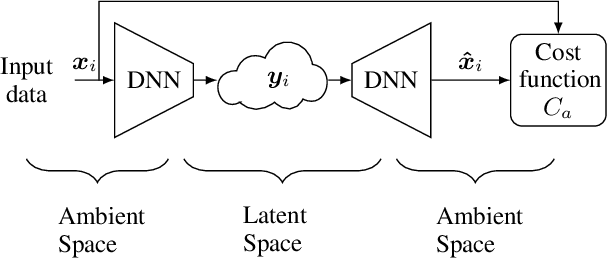

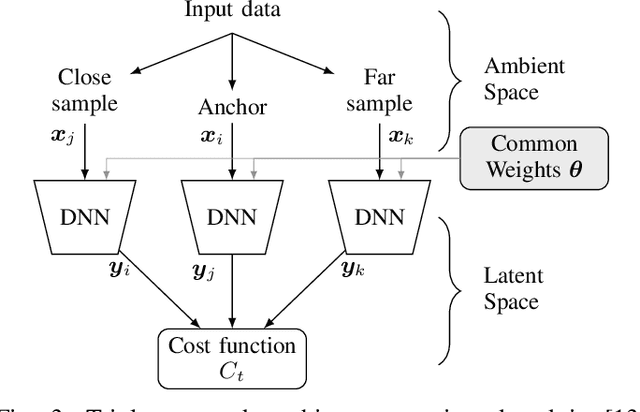
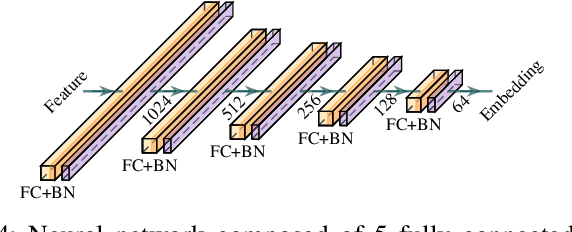
Abstract:Channel charting is a data-driven baseband processing technique consisting in applying unsupervised machine learning techniques to channel state information (CSI), with the objective of reducing the dimension of the data and extracting the fundamental parameters governing the distribution of CSI samples observed by a given receiver. In this work, we focus on neural network-based approaches, and propose a new architecture based on triplets of samples. It allows to simultaneously learn a meaningful similarity metric between CSI samples, on the basis of proximity in their respective acquisition times, and to perform the sought dimensionality reduction. The proposed approach is evaluated on a dataset of measured massive MIMO CSI, and is shown to perform well in comparison to the state-of-the-art methods (UMAP, autoencoders and siamese networks). In particular, we show that the obtained chart representation is topologically close to the geographical user position, despite the fact that the charting approach is not supervised by any geographical data.
DNN-based Localization from Channel Estimates: Feature Design and Experimental Results
Mar 20, 2020
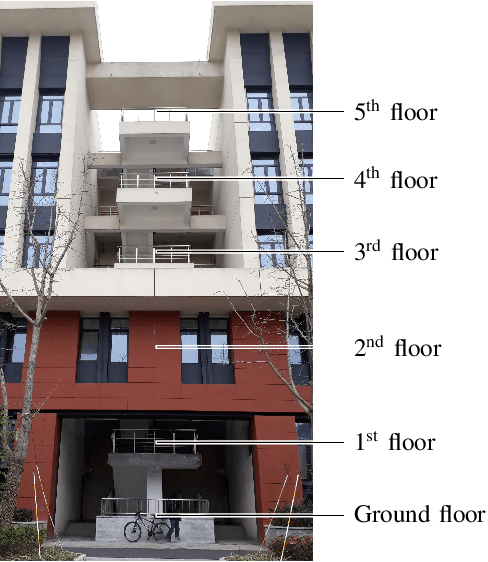


Abstract:We consider the use of deep neural networks (DNNs) in the context of channel state information (CSI)-based localization for Massive MIMO cellular systems. We discuss the practical impairments that are likely to be present in practical CSI estimates, and introduce a principled approach to feature design for CSI-based DNN applications based on the objective of making the features invariant to the considered impairments. We demonstrate the efficiency of this approach by applying it to a dataset constituted of geo-tagged CSI measured in an outdoors campus environment, and training a DNN to estimate the position of the UE on the basis of the CSI. We provide an experimental evaluation of several aspects of that learning approach, including localization accuracy, generalization capability, and data aging.
CSI-based Outdoor Localization for Massive MIMO: Experiments with a Learning Approach
Jun 19, 2018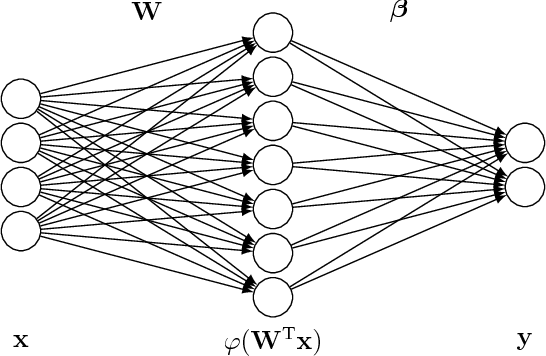


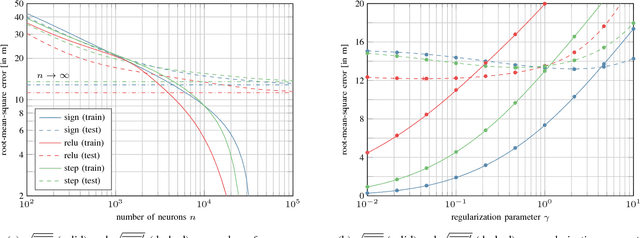
Abstract:We report on experimental results on the use of a learning-based approach to infer the location of a mobile user of a cellular network within a cell, for a 5G-type Massive multiple input, multiple output (MIMO) system. We describe how the sample spatial covariance matrix computed from the CSI can be used as the input to a learning algorithm which attempts to relate it to user location. We discuss several learning approaches, and analyze in depth the application of extreme learning machines, for which theoretical approximate performance benchmarks are available, to the localization problem. We validate the proposed approach using experimental data collected on a Huawei 5G testbed, provide some performance and robustness benchmarks, and discuss practical issues related to the deployment of such a technique in 5G networks.
 Add to Chrome
Add to Chrome Add to Firefox
Add to Firefox Add to Edge
Add to Edge